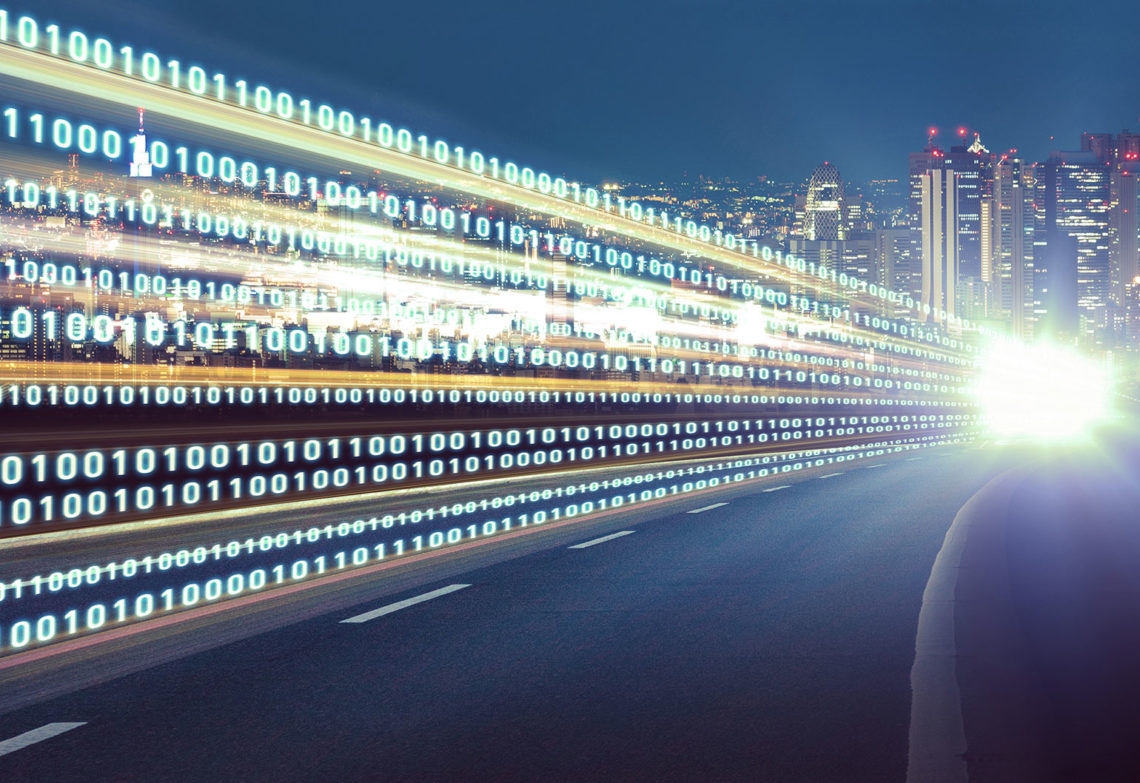Collecting data is relatively easy these days. Pulling out useful insights is the hard part, says Yokogawa Australia and New Zealand National Chief Engineer David Walker.
Data is widely regarded as the ‘new currency’ due to the wealth of insights it can reveal. By 2020, the amount of data stored around the globe is expected to reach 44 zettabytes and the Industrial Internet of Things (IIoT) is a key contributor with a value that is predicted to stretch to US$123 billion in 2021.
With so many devices connected across industries, capturing data is now relatively easy. Extracting its value, however, is not always so simple.
The IIoT and the wealth of insights it holds will be a hot topic during the upcoming Co-innovation Forums, presented by process automation and instrumentation company Yokogawa Australia and New Zealand.
Kicking off in Adelaide on 13 August, the Forum draws on insights developed in Yokogawa’s Co-innovation Centres, which were established five years ago in key cities around the world to enable collaboration with clients on research and development.
The aim of the centres is to develop solutions to client challenges, and these solutions might then be commercialised for wider use.
Finding the value in data
In his presentation, Yokogawa Australia and New Zealand National Chief Engineer David Walker will be exploring the theme ‘IIoT and Industrial Machine Learning’.
He will examine the way algorithms and statistical models can identify patterns in IIoT data to provide useful and actionable information. Walker will also discuss Yokogawa’s work in developing powerful analytics tools to add value to industrial processes.
“When we speak to clients in industries such as mining, oil and gas, they tell us that they are looking to cloud-based analytics to help improve the performance of their plants,” Walker said.
“Yokogawa is building a lot of IIoT based sensors and providing platforms to deliver cloud-based solutions. This has been a major transformation across our organisation over the past couple of years, and this is reflected in the line-up of this year’s Co-innovation Forums.”
What is the Industrial Internet of Things?
The IIoT refers to the connectivity of industrial devices to the internet. Data from sensors, instruments, edge computing and management information systems can now be seamlessly and securely moved from the factory to the cloud.
Once safely stored in the cloud, machine learning tools and cloud services such as Google Analytics, AWS and Microsoft Azure, can drill into the data to provide valuable analysis.
Industrial automation companies, such as Yokogawa, are also developing specialised machine learning algorithms designed to meet the specific requirements of the process industry.
One such analytics tool is Yokogawa’s READ (Rotating Equipment Advanced Diagnostics) application, which looks for patterns in the vibration of rotating machinery, such as pumps, motors, mills and compressors.
“When a motor rotates, it creates a vibration that emits a certain frequency,” Walker said.
“In a way, your machine sings to you, but the vibration data itself just looks like a whole lot of dots. We have developed a harmonics analysis tool that can pick up when a motor is out of synch with its natural frequency.
“It is a predictive tool that lets you know that maintenance will be required. If your machines have bearing wear, for example, the harmonics analytics will pick up a different frequency to their natural frequency and let you know that the bearings in the motor are going to fail in three months and maintenance can be scheduled.”
Managing high volumes
The proliferation of data presents challenges for cloud integration. Vibration data from a motor, for example, is produced in milliseconds.
“It is produced at such high volume that it’s impractical to send over the internet to the cloud,” Walker said.
Thanks to innovations such as edge computing, the issue of high-volume can be solved, Walker added.
“Edge computing can turn raw data into low-volume, high-value data at the machine and then send this data up to the cloud. Our devices sitting out in the field are no longer doing simple logging and control – they can perform quite sophisticated algorithms. In the case of harmonics analysis, all you’re sending up to the cloud is the harmonic information rather than the raw vibration data. These tools can make sense of the data straight away,” he said.
“Machine learning provides a range of tools that enable us to make sense of process and operational data. These tools have made a huge impact on our ability to understand industrial processes. Data from IIoT devices is one thing, but analysing that data to optimise decision making and improve efficiency and safety is where the real value is found. We know it’s something our clients are keen to explore.”
Following Yokogawa Australia and New Zealand’s highly successful Co-innovation Forum series in the past, Yokogawa will be visiting five locations across Australia and two locations in New Zealand in 2019.
The Co-innovation Forums will feature presentations from international and local Yokogawa experts, as well as a panel of industry executives discussing technological challenges facing industries in Australia and New Zealand.
Registrations for the Adelaide forum on 13 August and the Perth forum on 15 August are open. Save your seat to connect with leaders in the process and manufacturing industries.



